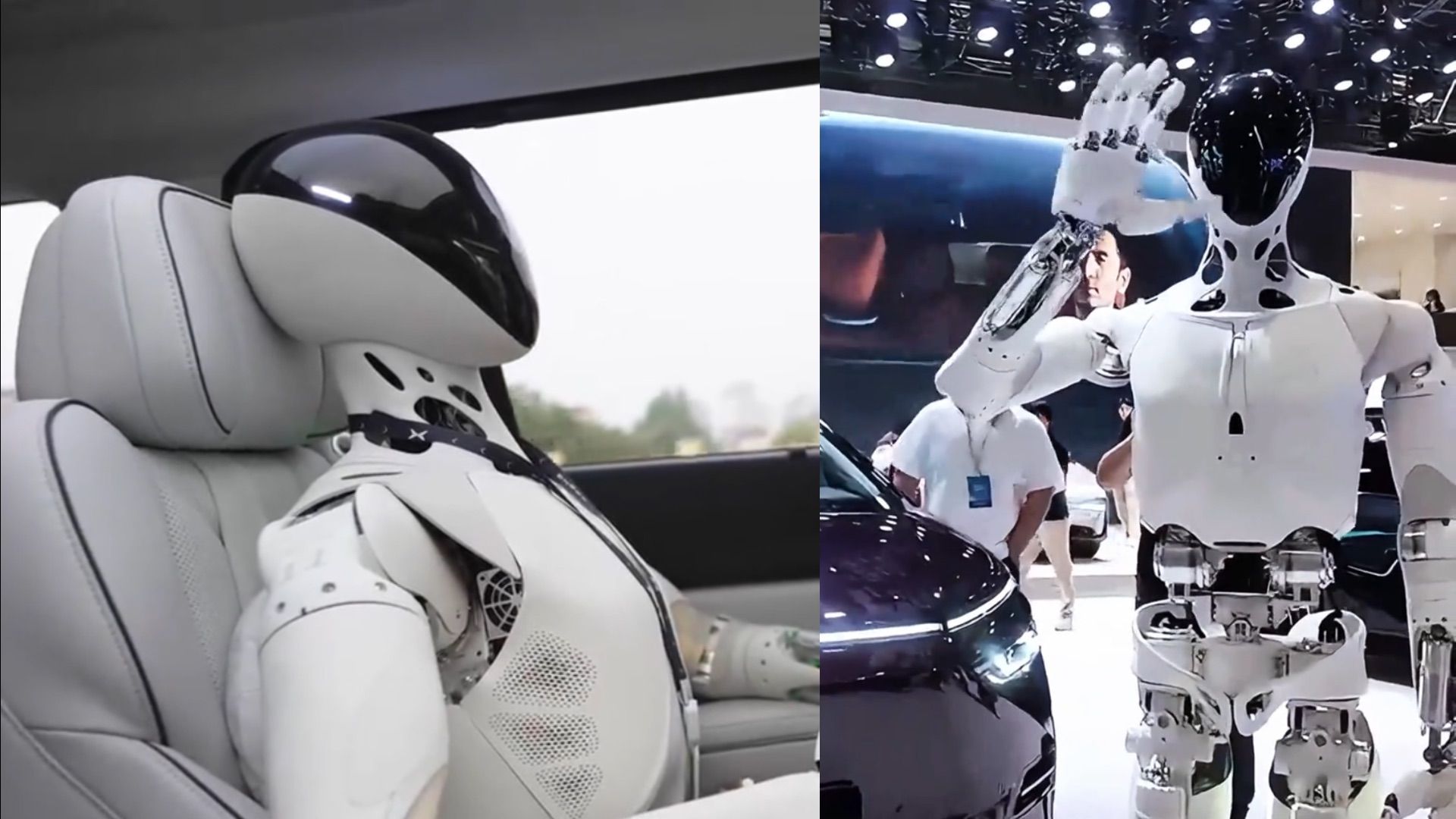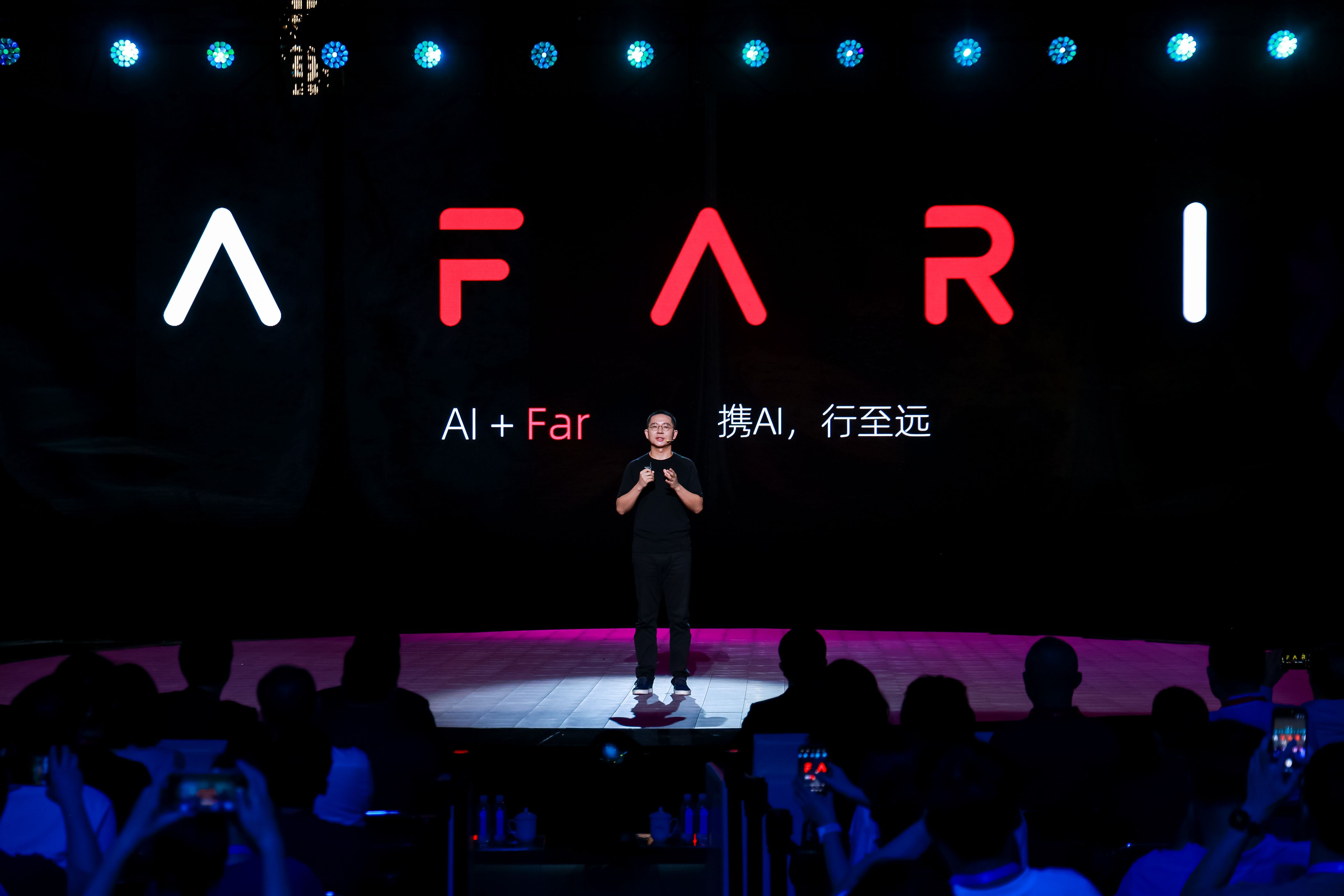
Xpeng Unveils Next-Generation Humanoid Robot “IRON,” Mass Production Planned for 2026
Want to read in a language you're more familiar with?
November 5 — Guangzhou — At the 7th annual Xpeng Tech Day, Xpeng Motors unveiled its next-generation humanoid robot, IRON, which made a striking debut on stage ...
November 5 — Guangzhou — At the 7th annual Xpeng Tech Day, Xpeng Motors unveiled its next-generation humanoid robot, IRON, which made a striking debut on stage with lifelike movements.
Xpeng Chairman He Xiaopeng described IRON as the company’s most human-like creation yet, featuring a “bone–muscle–skin” structure — including a bionic spine, artificial muscles, soft full-body flexible skin, a 3D curved head display, and bionic shoulders. Its dexterous hands achieve 22 degrees of freedom, allowing for natural and expressive motion.
Powered by three Turing AI chips delivering 2,250 TOPS of computing power, IRON supports advanced capabilities such as natural conversation, autonomous walking, and interactive behaviors. It is also the first humanoid robot equipped with a solid-state battery, ensuring lightweight design and high safety.
IRON is built upon Xpeng’s self-developed physical-world foundation model, which integrates vision-language-thought (VLT), vision-language-action (VLA), and vision-language-model (VLM) capabilities to enable real-time perception, understanding, and response to its surroundings.
He Xiaopeng noted that while IRON’s onstage walk lasted only a few seconds, it represents seven years of R&D. By introducing passive toe flexibility, the team achieved smoother, lighter steps—almost as if the robot were walking in zero gravity. Looking ahead, He said Xpeng aims to mass-produce high-end humanoid robots by the end of 2026.
Soure:Tencent News
Explore more:https://pandaily.com/ai-expert-zhou-shuchang-joins-xpeng-motors-as-senior-director-of-autonomous-driving-algorithms





